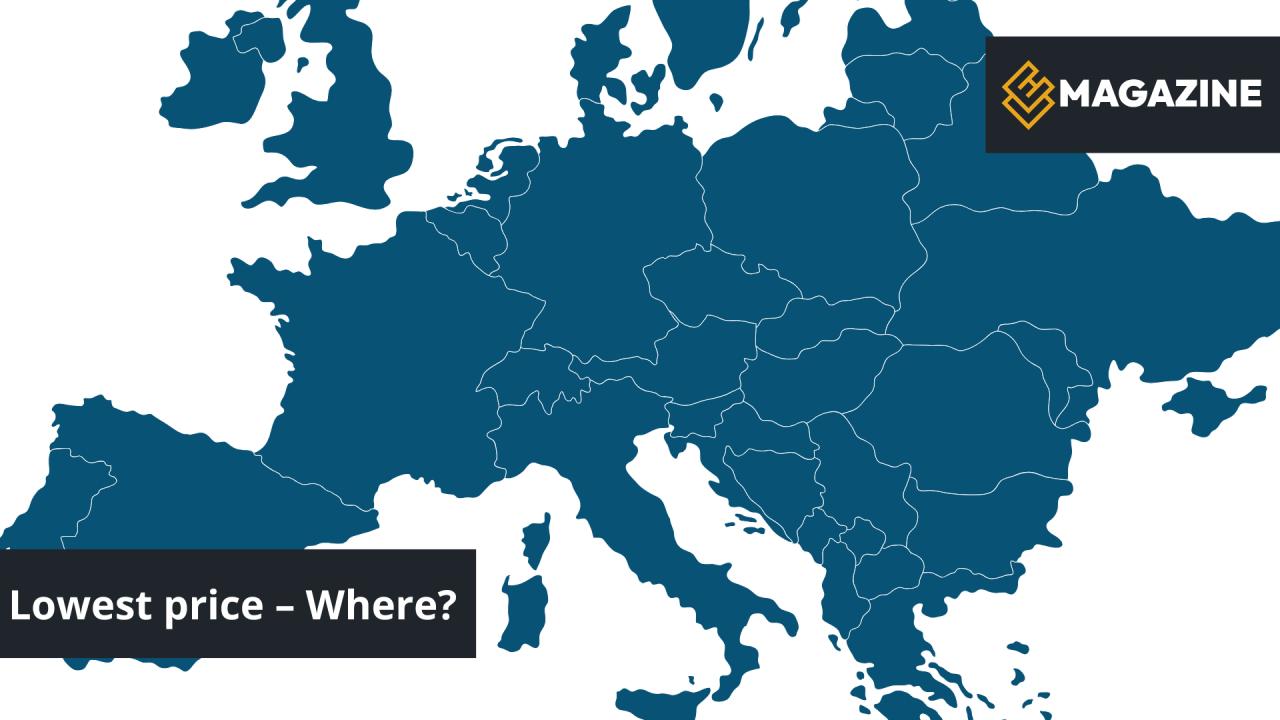0.22 EUR
0.53 EUR
24
0.35 EUR
Supercharger Europe: Unequal Pricing in a Connected Network
While Tesla's Supercharger network is renowned for its seamless experience and consistent reliability, the cost of charging at these stations varies significantly from country to country. A new analysis published by EVmagazin.cz highlights a wide spectrum of pricing that reveals a complex interplay between local energy markets, taxation, and operational policies.
Mapping the Price Divide
According to July 2025 data, the most affordable Supercharger sessions aren’t just in Eastern Europe. Surprisingly, France, Denmark, and Norway also offer some of the lowest Tesla rates in all of Europe, ranging from 0.22 to 0.24 EUR/kWh. This defies the assumption that only low-income or low-demand countries enjoy cheap charging.
France leads the way with consistent pricing around 0.26 EUR/kWh, while Norway and Denmark—despite their high cost of living—offer Tesla drivers access for as low as 0.24 EUR/kWh. These low rates are likely the result of renewable energy dominance, EV incentives, and early infrastructure investments.
Meanwhile, Western countries like the UK, Switzerland, and Germany see average prices near or above 0.45 EUR/kWh. In Central and Eastern Europe, most countries including Czechia, Hungary, and Slovakia maintain mid-range rates of 0.35 EUR/kWh.
Key Regional Insights
Norway stands out with the lowest Tesla Supercharger prices in Europe, averaging just 0.24 EUR/kWh. This reflects its massive hydro power base and strong EV incentives .
Despite high living costs, Denmark offers Tesla Superchargers at approximately 0.24 EUR/kWh, thanks to green grid and EV-friendly regulation .
France delivers stable charging prices around 0.26 EUR/kWh—a sweet spot of affordability and network coverage, with over 790 Supercharger points available .
At roughly 0.22–0.24 EUR/kWh, Croatia remains among the cheapest, though slightly more than Northern Europe.
With rates up to 0.53 EUR/kWh, the UK is the most expensive Tesla market in Europe, driven by high taxes and post‑Brexit costs.
Users face unexpectedly high costs: 0.35 EUR/kWh for Tesla owners and up to 0.49 EUR/kWh for non-Teslas—placing it above many Western European nations.
Swiss Supercharger rates hover around 0.47 EUR/kWh, reflecting high local energy costs and infrastructure expenses
Supercharger vs. Non-Tesla Pricing
Interestingly, in several countries, prices for non-Tesla vehicles using the Supercharger network are notably higher. In the Czech Republic, for example, Tesla owners pay an average of 0.35 EUR/kWh, while non-Tesla drivers face 0.49 EUR/kWh. This pricing model not only reflects Tesla's member benefits but also reinforces brand loyalty and charging exclusivity.
Similar dual pricing is evident in Denmark, France, and Romania. This approach may become increasingly relevant as Tesla opens more of its charging stations to all EV brands.
What's Behind the Differences?
Several key factors drive the differences in Supercharger pricing across Europe:
- Wholesale energy rates vary significantly by country and time of year.
- Taxes and levies on electricity for transport differ across jurisdictions.
- Grid access fees and operational costs impact Tesla's pricing decisions.
- Currency exchange rates affect non-Eurozone countries like the UK, Norway, and Switzerland.
Timeline: Evolution of Tesla Charging Prices in Europe
- 2021: Tesla begins gradual opening of Supercharger network to non-Tesla EVs.
- 2022: Introduction of differentiated pricing for Tesla vs. non-Tesla users.
- 2023: Price hikes in Western Europe due to energy crisis after war-related shortages.
- 2024: Stabilization of prices in Central Europe; some reductions in the Baltics.
- 2025: Price gap widens between East and West; Supercharger pricing increasingly reflects national energy strategies.
Future Outlook: Will Prices Harmonize?
As Tesla continues to expand its European charging footprint and more countries implement EV-supportive policies, some expect a convergence of pricing models. However, given the decentralized nature of energy regulation in the EU, significant differences are likely to persist.
Meanwhile, for EV drivers crossing borders, being aware of national charging rates can significantly impact trip costs. Tesla's transparent pricing structure—displayed directly in the car's navigation—remains one of the most user-friendly solutions available.

